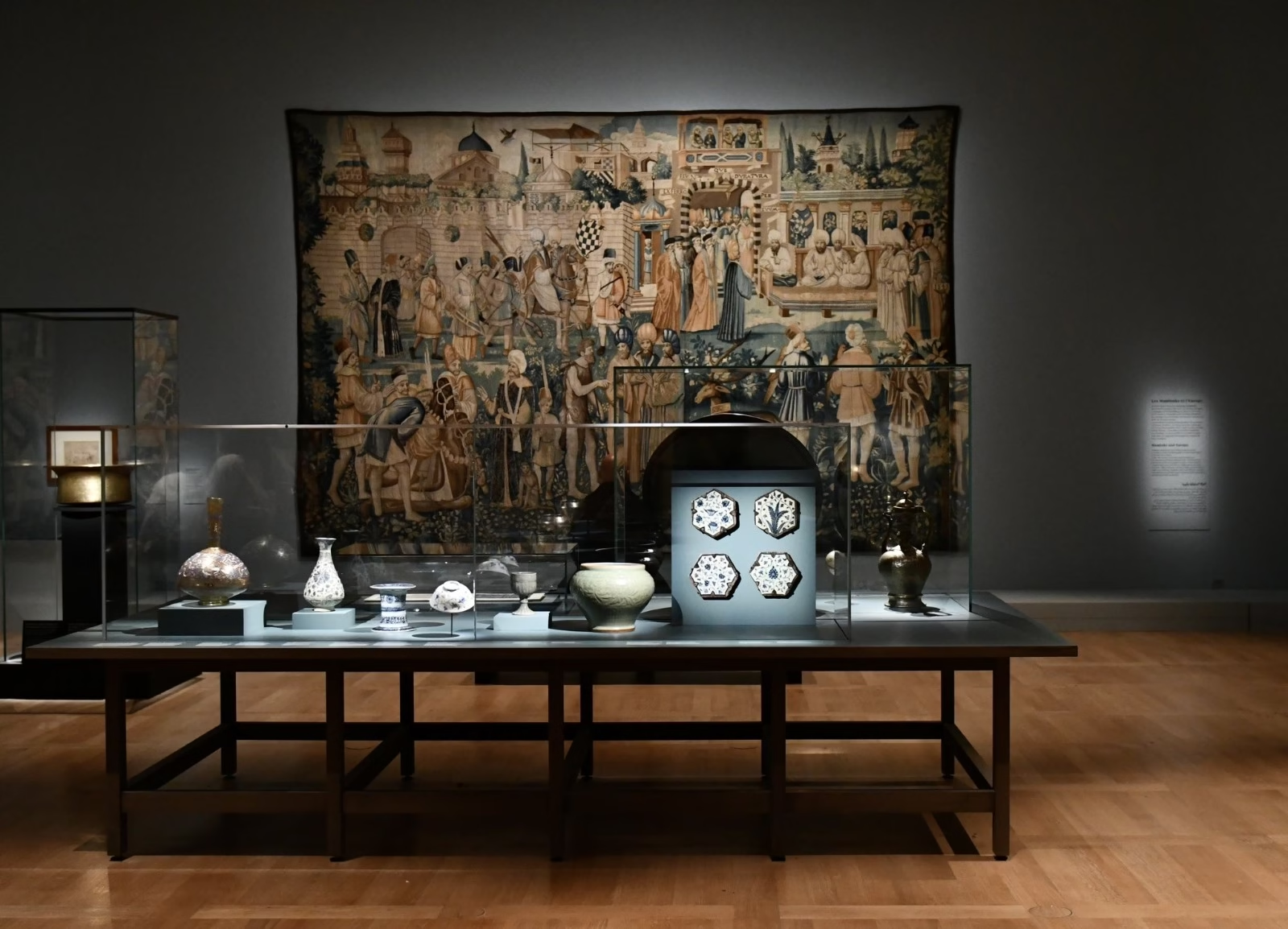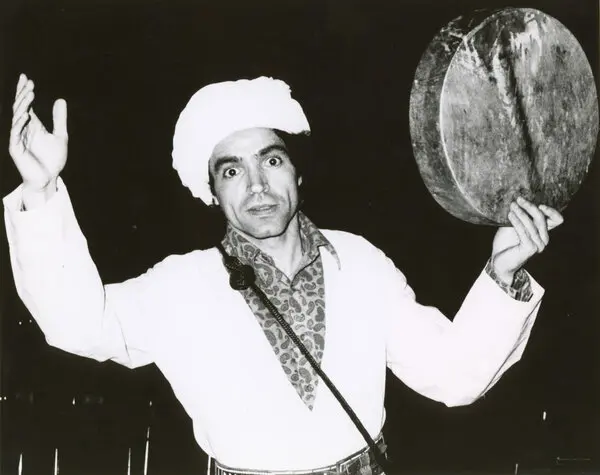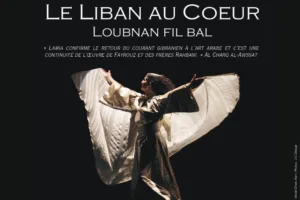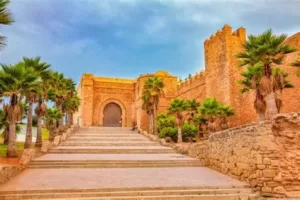Step into the Louvre and out of everything you thought you knew about Islamic history.
Fez – The Louvre is stepping into new historical territory. For the first time in Europe, the Parisian institution is shining a spotlight on one of the most fascinating and misunderstood chapters of Islamic history: the Mamluk Empire.
Titled “The Mamluks, 1250–1517,” the exhibition runs until July 28 and promises an immersive journey into an era where former enslaved soldiers ruled over a vast Egyptian-Syrian empire and fostered a cultural renaissance that stretched from Cairo to Damascus, Aleppo, Jerusalem, and Tripoli.
The Mamluks, originally military slaves from Central Asia and the Caucasus, rose through the ranks to become rulers, scholars, patrons of the arts, and shapers of major cities.
As explained by Souraya Noujaim and Karine Goehvan, curators of the Louvre’s Islamic Arts Department, the exhibition aims to reclaim this era from historical obscurity and present it as a flourishing crossroads of East and West.
With more than 260 artifacts spread across five themed sections, the exhibition combines dazzling craftsmanship with careful curation.
Expect rare manuscripts, textiles, intricately carved ivory, decorative woodwork, enameled glass, and stone ornamentation.
Each section dives into a specific facet of Mamluk society, offering a rare window into a world where sultans, merchants, and mystics coexisted, and where aesthetics were deeply tied to identity, politics, and power.
One standout piece is a rare carpet on loan from the Louvre Abu Dhabi, featuring the iconic three-medallion pattern associated with Mamluk design.
The exhibition also includes illustrated pilgrimage manuscripts that read like medieval travel diaries, and scientific marvels like an astrolabe believed to prefigure Copernican thought.
Goehvan points out how Mamluk rulers transformed urban planning in major Middle Eastern cities.
Cairo and Damascus weren’t just political capitals, they were the beating hearts of this cosmopolitan empire.
The Mamluks also controlled vital trade routes connecting Asia and Europe via the Red Sea, dealing in spices, coral, silk, and furs.
Women’s lives are also part of the story. While legal texts paint a limited picture, the reality was far more layered.
Some women built mausoleums, ran businesses, and amassed serious wealth, like Sitt Hadak, an enslaved woman turned successful entrepreneur. And then there’s Shajarat al-Durr, the only woman to rule the Mamluk state (briefly), even minting coins in her own name.
The exhibition also tracks how the Mamluks captured European imagination in the 19th century.
Their cavalry inspired Napoleon during his Egyptian campaign and even appeared in Romantic-era art, such as a painting by François-André Vincent, now on view.
A rich public program complements the exhibition, including lectures and a workshop on Mamluk-era excavations in Aleppo, scheduled for May 15.
This is more than a history lesson, it’s a reclamation of a glittering, complex chapter in Islamic civilization.
The Mamluks are back in the spotlight, and this time, they’re not here to conquer; they’re here to enchant.
Read also: How Sci-Fi Books and Movies Inspired Real-Life Scientific Inventions
















